Ice shuts down river traffic in Serbia
The Serbian government recommended new measures for conserving energy and fuel while extremely low temperatures persist; river traffic shut down.
Wednesday, 08.02.2012.
17:47

The Serbian government recommended new measures for conserving energy and fuel while extremely low temperatures persist; river traffic shut down. Ice shuts down river traffic in Serbia The government advised the Ministry of Education and Science to keep all schools closed until February 17. The government also advised all energy suppliers to appeal to consumers to conserve energy and fuel in order to prevent any restrictions, the government press office said in a release. Local administrations are advised to pass decisions to limit use of electric energy for public lighting and neon billboards. The government also advised state bodies, courts, private and state companies, and cultural and sports institutions to consider the possibility of extending next week's state holiday, Statehood Day, celebrated on February 15 and 16, to Friday, February 17. The government recommended these measures based on an analysis of the energy situation in the country and the fact that extremely low temperatures are seriously jeopardizing the energy system and supply of energy and fuel Also today in Belgrade, Serbian Assistant Minister for Infrastructure and Energy Pavle Galic said that river traffic in Serbia has been banned as of Wednesday. Galic said that the rivers Danube, Sava and Tisa are frozen and stressed that the Ministry of Energy and Infrastructure will monitor the situation to ensure the safety of ships and traffic. He expressed hope that river traffic will be re-established in about ten days. Galic said that the two ice-breakers are engaged on the Danube, while one ice-breaker should be engaged "in Belgrade" this afternoon. The partially frozen Sava River in Belgrade (Tanjug) Freezing weather to continue for next ten days Serbia's hydro-meteorological authority (RHMZ) announced on Wednesday that freezing weather is expected to continue in Serbia in the next ten days, and that the lowest temperatures in recent days were recorded in Sjenica and Pozega, in western, and Krusevac in central parts of Serbia. In Sjenica, which is a mountainous area, temperatures dropped to 26.8 degrees Celsius below zero, in Krusevac to minus 22.2 and in Pozega to minus 22.6 degrees. In the far southeast of the country, the so-called ice period began on January 26. Temperature records going back to 1887 show that the longest string of consecutive "ice days" - when temperatures stay below zero during both night and day - was 33, recorded in Belgrade in the winter of 1892/93, followed by 24 days in 1984/85. The wave of freezing weather, with temperatures as much as 15 degrees under the average minimum temperature for the period, started in the final three to four days of January and have continued through all eight days of February. In southern parts of the country, snow was accompanied by strong winds, causing the formation of snow drifts. Tanjug
Ice shuts down river traffic in Serbia
The government advised the Ministry of Education and Science to keep all schools closed until February 17.The government also advised all energy suppliers to appeal to consumers to conserve energy and fuel in order to prevent any restrictions, the government press office said in a release.
Local administrations are advised to pass decisions to limit use of electric energy for public lighting and neon billboards.
The government also advised state bodies, courts, private and state companies, and cultural and sports institutions to consider the possibility of extending next week's state holiday, Statehood Day, celebrated on February 15 and 16, to Friday, February 17.
The government recommended these measures based on an analysis of the energy situation in the country and the fact that extremely low temperatures are seriously jeopardizing the energy system and supply of energy and fuel
Also today in Belgrade, Serbian Assistant Minister for Infrastructure and Energy Pavle Galić said that river traffic in Serbia has been banned as of Wednesday.
Galić said that the rivers Danube, Sava and Tisa are frozen and stressed that the Ministry of Energy and Infrastructure will monitor the situation to ensure the safety of ships and traffic.
He expressed hope that river traffic will be re-established in about ten days.
Galić said that the two ice-breakers are engaged on the Danube, while one ice-breaker should be engaged "in Belgrade" this afternoon.
Freezing weather to continue for next ten days
Serbia's hydro-meteorological authority (RHMZ) announced on Wednesday that freezing weather is expected to continue in Serbia in the next ten days, and that the lowest temperatures in recent days were recorded in Sjenica and Požega, in western, and Kruševac in central parts of Serbia.In Sjenica, which is a mountainous area, temperatures dropped to 26.8 degrees Celsius below zero, in Kruševac to minus 22.2 and in Požega to minus 22.6 degrees.
In the far southeast of the country, the so-called ice period began on January 26.
Temperature records going back to 1887 show that the longest string of consecutive "ice days" - when temperatures stay below zero during both night and day - was 33, recorded in Belgrade in the winter of 1892/93, followed by 24 days in 1984/85.
The wave of freezing weather, with temperatures as much as 15 degrees under the average minimum temperature for the period, started in the final three to four days of January and have continued through all eight days of February.
In southern parts of the country, snow was accompanied by strong winds, causing the formation of snow drifts.



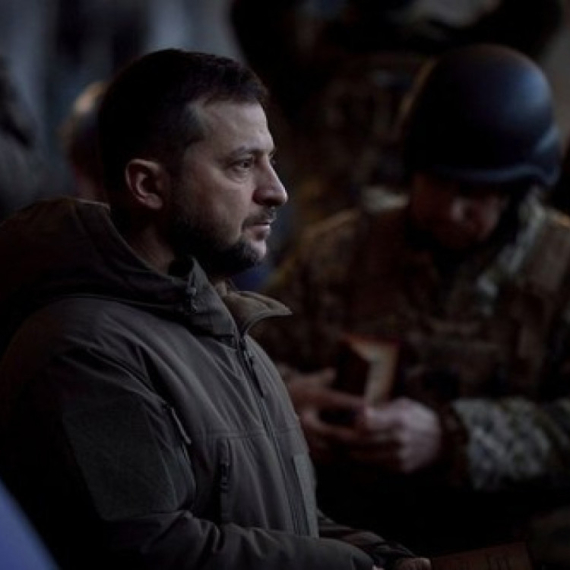
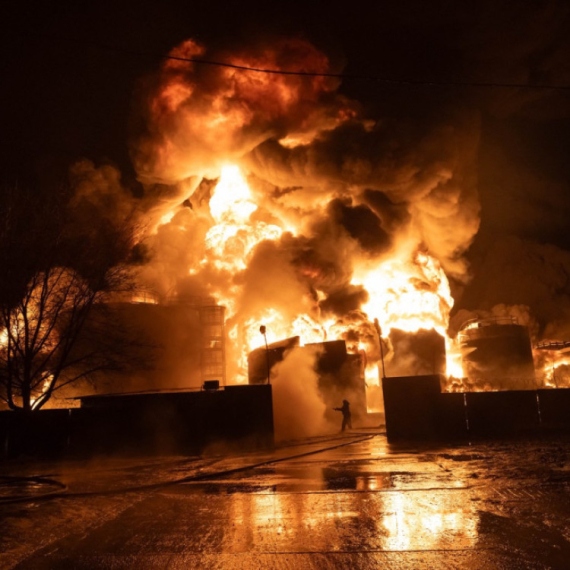





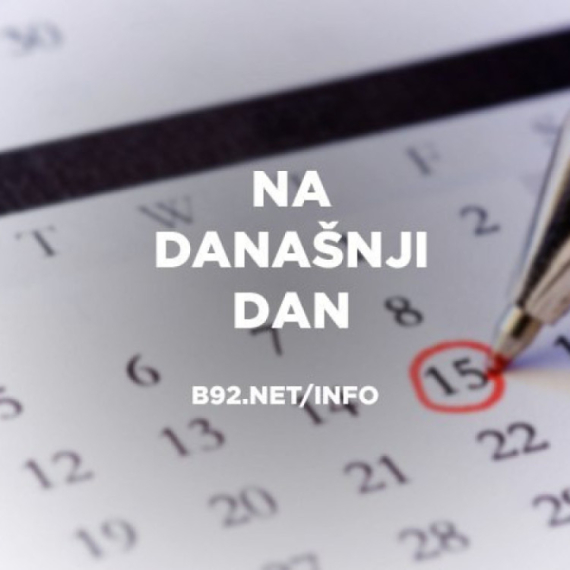
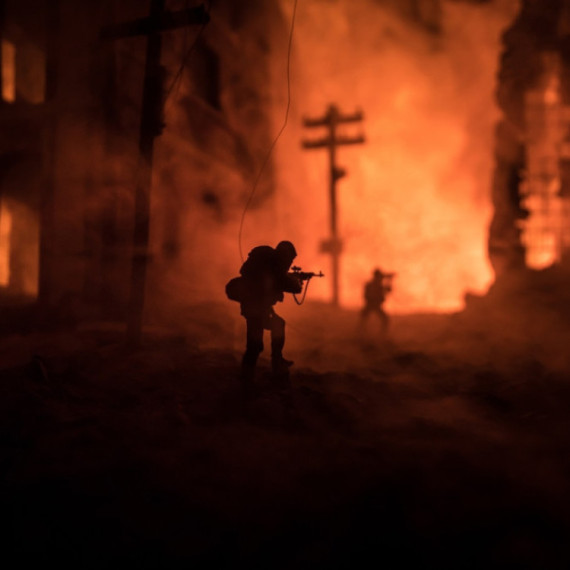
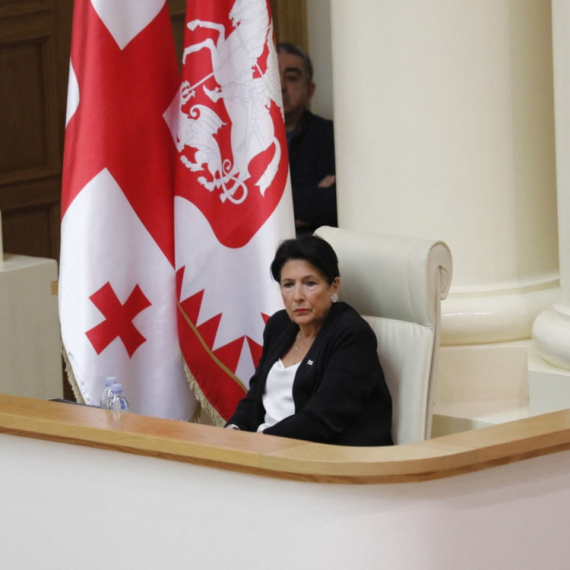























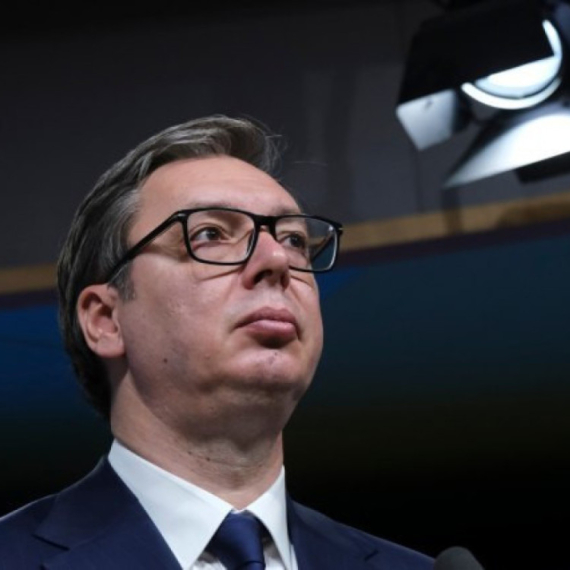

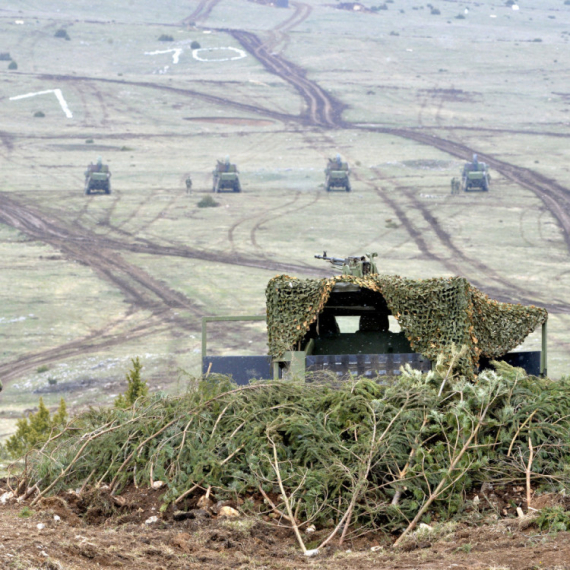
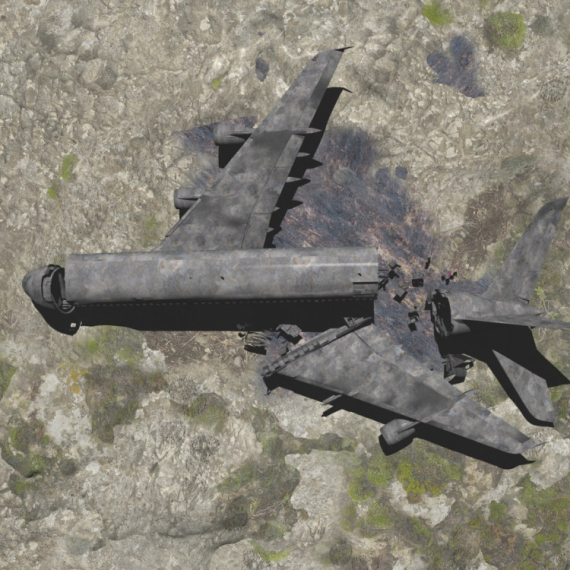
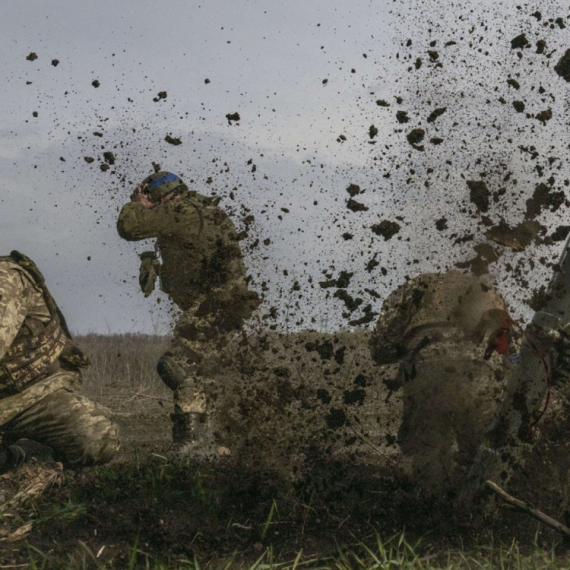




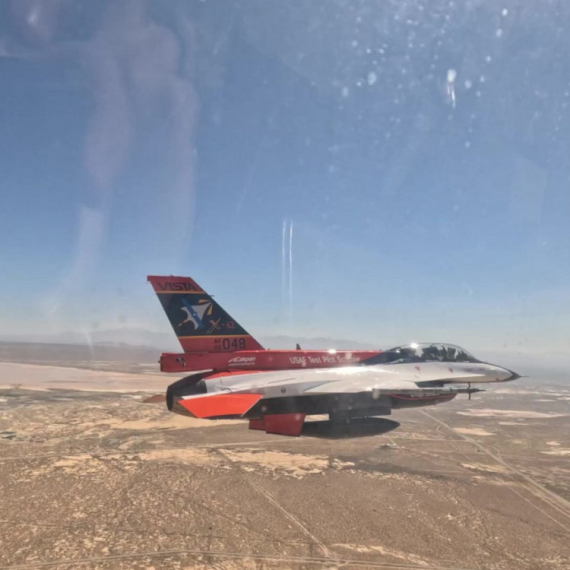






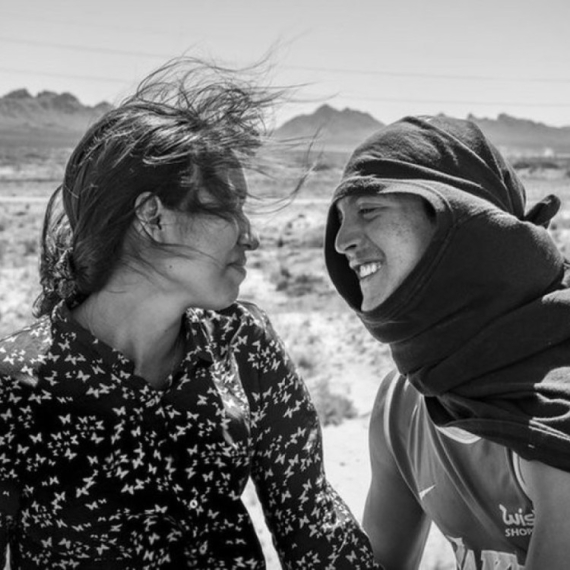

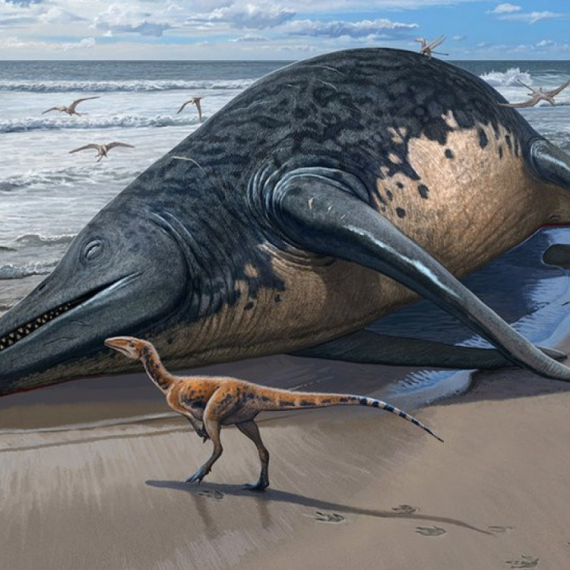


Komentari 3
Pogledaj komentare